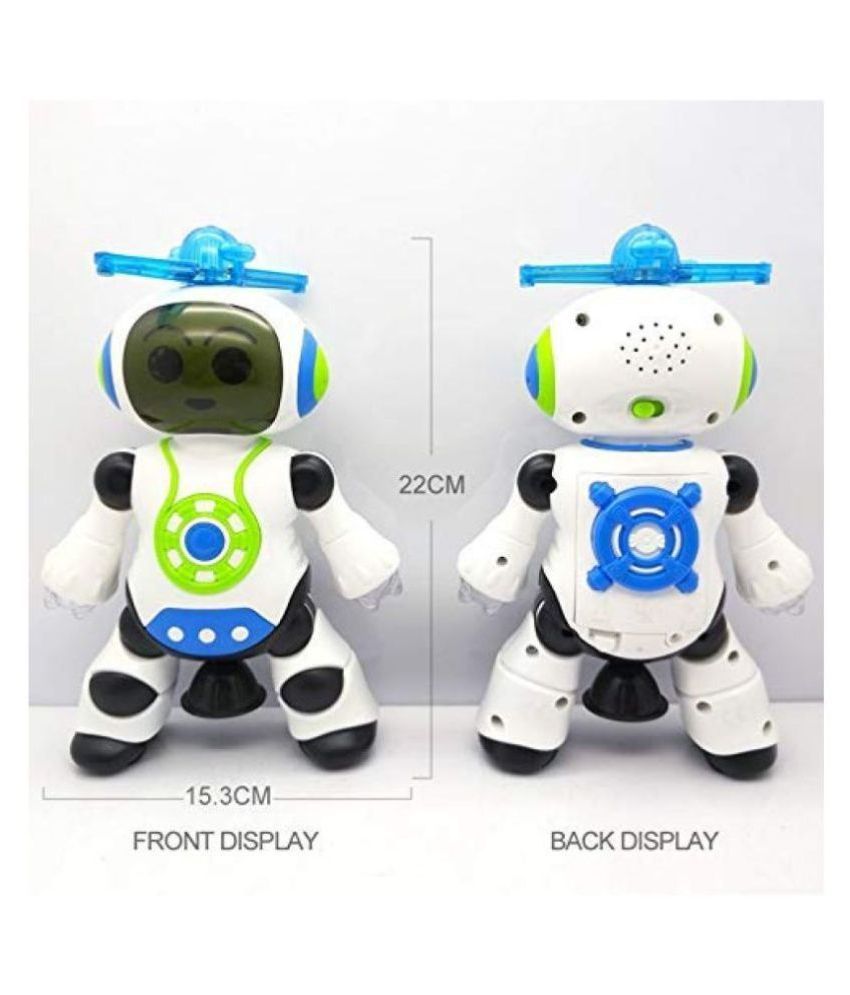
To do that, we used simulation to rapidly iterate through movement concepts while soliciting feedback from the choreographer to reach behaviors that Atlas had the strength and speed to execute. One of the challenges, and probably the core challenge for Atlas in particular, was adjusting human dance moves so that they could be performed on the robot. “We started by working with dancers and a choreographer to create an initial concept for the dance by composing and assembling a routine. IEEE Spectrum has a great interview with Aaron Saunders, Boston Dynamics’ VP of Engineering, about the challenges and how human dancers were needed. “You adjust the variable for that one step, copy and paste it, drag it into your timeline, and then combine it with other things.”Īs for Atlas, learning to dance is even more complex. “Each move is one step,” said Boston Dynamics.

One example they go over in the video is the “Running Man” move, which we’ve seen Spot do several times now. Within each of those categories, there are sub-categories of movements that can be dragged onto the timeline. The video described some of the movements Spot can perform, including body, step, dynamic transition and kneeling motions. It works by dragging and tweaking Spot’s pre-programmed movements onto a timeline.


#Dancing robot software
As the Boston Dynamics engineer said in the video, the Choreographer software is similar to video editing or animation software. One of the more common questions I received after sharing the video was: how did the robots become such great dancers? Well, we now have more information about Atlas and Spot.Īdam Savage and Tested released a video that dives into the RBR50 company‘s Choreographer software. By now you’ve likely seen Boston Dynamics’ latest viral video in which its Atlas, Handle, and Spot robots dance to The Contours’ “Do You Love Me?” If you haven’t, or if you want to watch it again, watch it here.


 0 kommentar(er)
0 kommentar(er)
